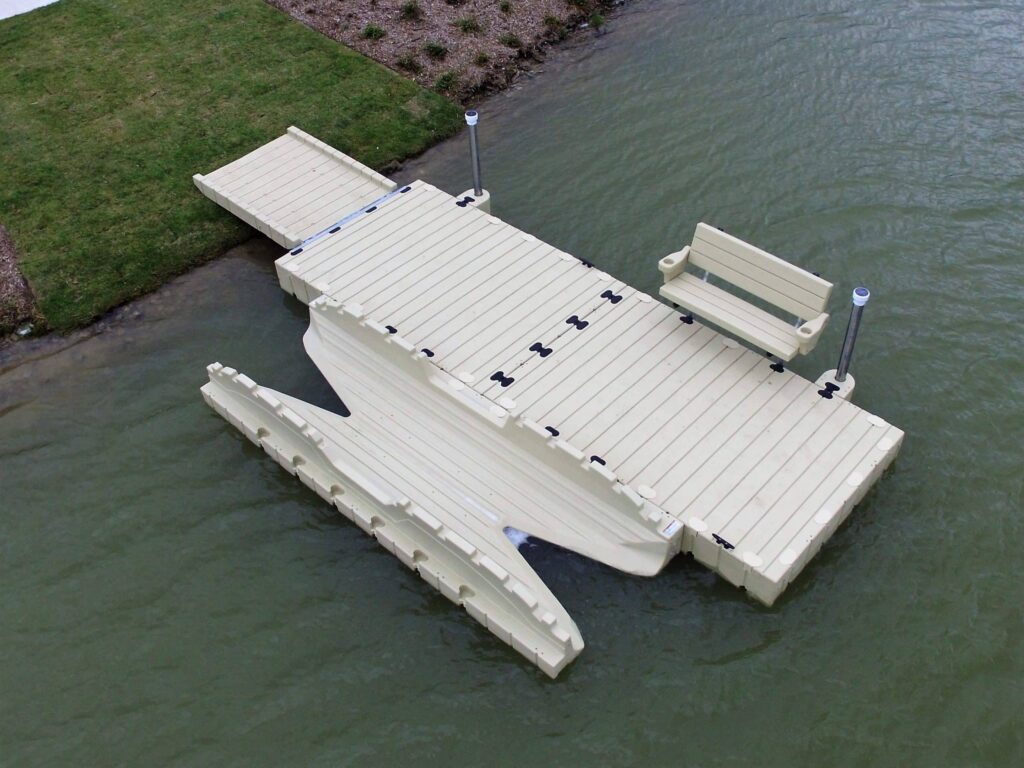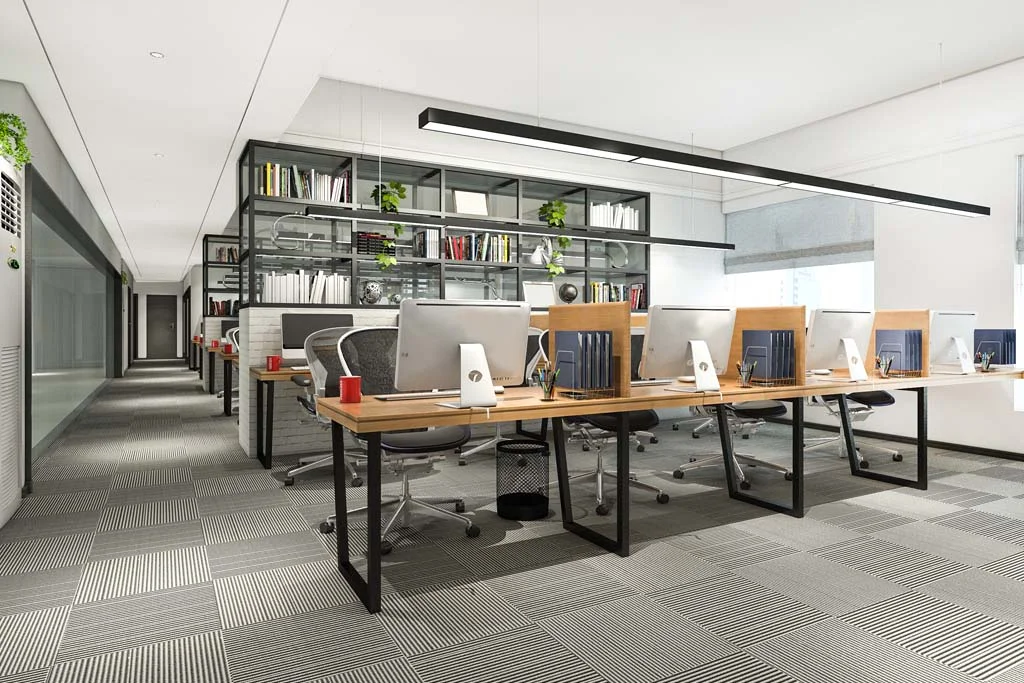Proactive investors approach financial markets with a keen sense of awareness, always seeking opportunities to maximize their returns while managing risks effectively. They employ strategic decision-making, staying ahead of trends and adapting swiftly to changing market conditions. Unlike passive investors who rely on market movements over time, proactive investors engage in thorough research and analysis to make informed choices. They understand that success in investing requires continuous learning, discipline, and a well-structured plan that aligns with their financial goals. By anticipating potential market shifts, they position themselves advantageously, ensuring they are prepared for any economic changes. Market fluctuations are inevitable, but proactive investors use these fluctuations as opportunities rather than setbacks. They recognize that volatility can create chances to buy undervalued assets or sell overvalued ones at the right time. By keeping a close watch on market indicators, economic reports, and global events, they make timely decisions that safeguard and grow their investments.

They do not react impulsively to short-term market noise but instead focus on long-term value creation. A well-diversified portfolio further helps in minimizing risks while maximizing potential gains, ensuring that they remain resilient during uncertain times. Risk management is a crucial component of a proactive investment strategy. Investors who actively monitor their portfolios make adjustments based on performance, economic trends, and personal financial goals. They employ risk mitigation techniques such as stop-loss orders, hedging, and asset allocation strategies to protect their capital. Understanding the importance of balancing risk and reward, they carefully evaluate potential losses before committing to any investment. Their approach is guided by extensive research, ensuring that every decision is backed by data and logic rather than emotion or speculation. Staying informed is another key aspect of a proactive investor’s success.
James Disney-May dedicate time to analyzing financial reports, economic forecasts, and industry trends to gain insights into market movements. By leveraging technology and financial tools, they gain access to real-time data, which allows them to make well-timed decisions. Continuous learning through reading, attending investment seminars, and networking with other investors helps them refine their strategies. Their ability to interpret and act upon financial information gives them a competitive edge, allowing them to make informed and confident investment choices. Flexibility and adaptability are essential traits of proactive investors. They understand that markets are dynamic, influenced by various external factors such as economic policies, technological advancements, and geopolitical events. Rather than sticking rigidly to a single investment approach, they remain open to adjusting their strategies as needed. By staying ahead of emerging trends and adopting new financial instruments or investment techniques, they ensure their portfolios remain relevant and profitable.



